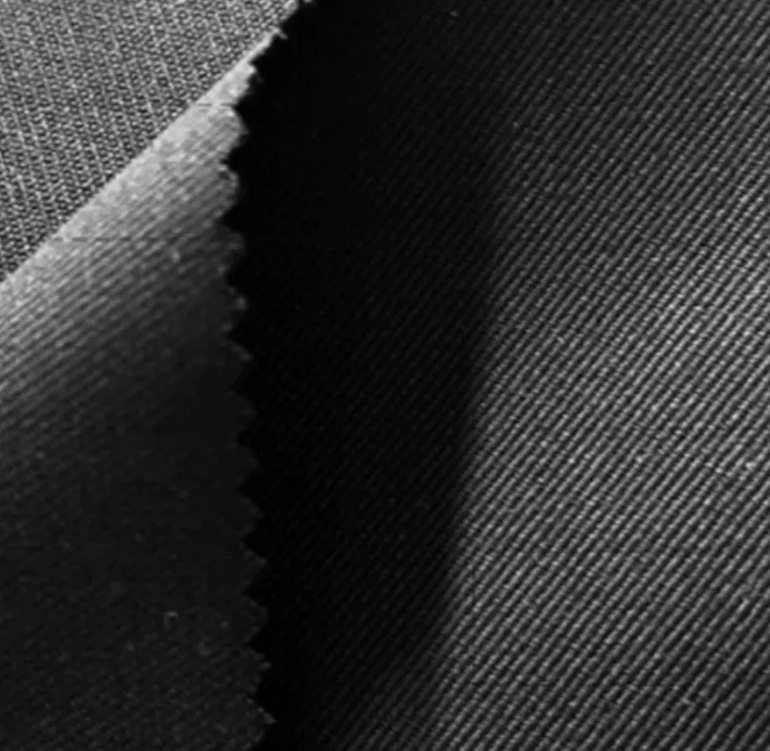Introduction to the Durability of Fireproof Workwear Fabric
Fireproof Workwear Fabric is widely used in industrial and high-risk environments to protect workers from fire hazards and extreme heat. While flame retardancy is the primary function, durability is equally important. The fabric must withstand abrasion, repeated friction, and potential tearing during daily use without compromising safety or comfort. Evaluating the wear resistance and tear strength of Fireproof Workwear Fabric is essential for ensuring long-term performance and reliability in demanding conditions.
Factors Affecting Abrasion Resistance
Abrasion resistance is a critical property for Fireproof Workwear Fabric because it determines how well the material can withstand friction from surfaces, tools, and equipment. Factors influencing abrasion resistance include fiber type, yarn structure, weave density, and surface finish. High-tensile synthetic fibers such as aramids or modacrylics provide excellent abrasion resistance. Tightly woven fabrics with balanced thread counts reduce surface exposure to friction, while surface coatings or finishes can enhance resistance without adding significant weight. The combination of fiber selection, fabric structure, and finishing treatments ensures that Fireproof Workwear Fabric maintains integrity under constant mechanical stress.
Tear Resistance and Structural Integrity
Tear resistance measures the ability of Fireproof Workwear Fabric to resist the propagation of small cuts or punctures. This property is vital for safety garments, as a small tear can compromise protection or lead to further fabric damage. Yarn density, interlacing patterns, and fiber orientation all contribute to tear strength. Reinforced stitching, double-layer designs, or laminated composites can further enhance resistance to tearing. Materials with high tear resistance prevent accidents from minor punctures and extend the useful life of workwear in harsh industrial environments.
Testing and Quality Control
To ensure Fireproof Workwear Fabric meets performance standards, abrasion and tear resistance tests are conducted according to international protocols. Martindale or Taber abrasion tests simulate repeated friction, while Elmendorf or trapezoid tear tests measure the force required to propagate a cut. These standardized tests help manufacturers quantify the durability of their fabrics and compare performance across different materials. Consistent quality control guarantees that the Fireproof Workwear Fabric used in garments will withstand the rigors of industrial operations without failure.
Practical Considerations for End Users
For end users, the combination of flame retardancy, abrasion resistance, and tear strength ensures both safety and durability. Fireproof Workwear Fabric with high durability reduces the frequency of garment replacement, lowering costs and maintaining consistent protection. Workers can perform physically demanding tasks with confidence, knowing that their protective clothing will resist wear, tearing, and accidental damage. Proper care, including following washing instructions and avoiding harsh chemicals, further preserves the fabric’s mechanical performance over time.
Conclusion
The abrasion resistance and tear strength of Fireproof Workwear Fabric are fundamental to its effectiveness in industrial and hazardous environments. Carefully selected fibers, optimized yarn structures, weave densities, and surface treatments contribute to mechanical durability. Standardized testing ensures consistent performance, while reinforced designs enhance tear resistance. By combining these factors, manufacturers provide durable, reliable, and safe Fireproof Workwear Fabric that protects workers while withstanding the challenges of daily industrial use. Durability and tear resistance are essential for maintaining long-term safety and cost-effective use of fireproof workwear.
